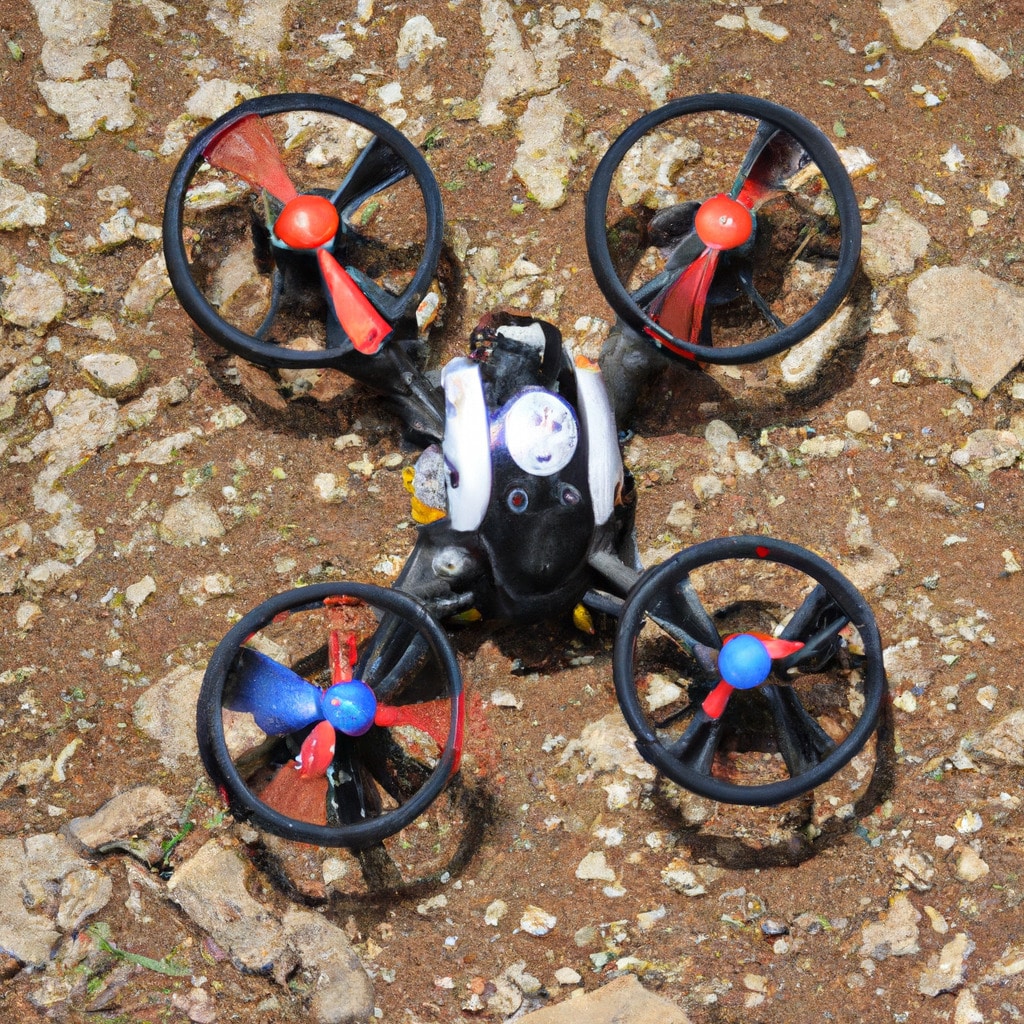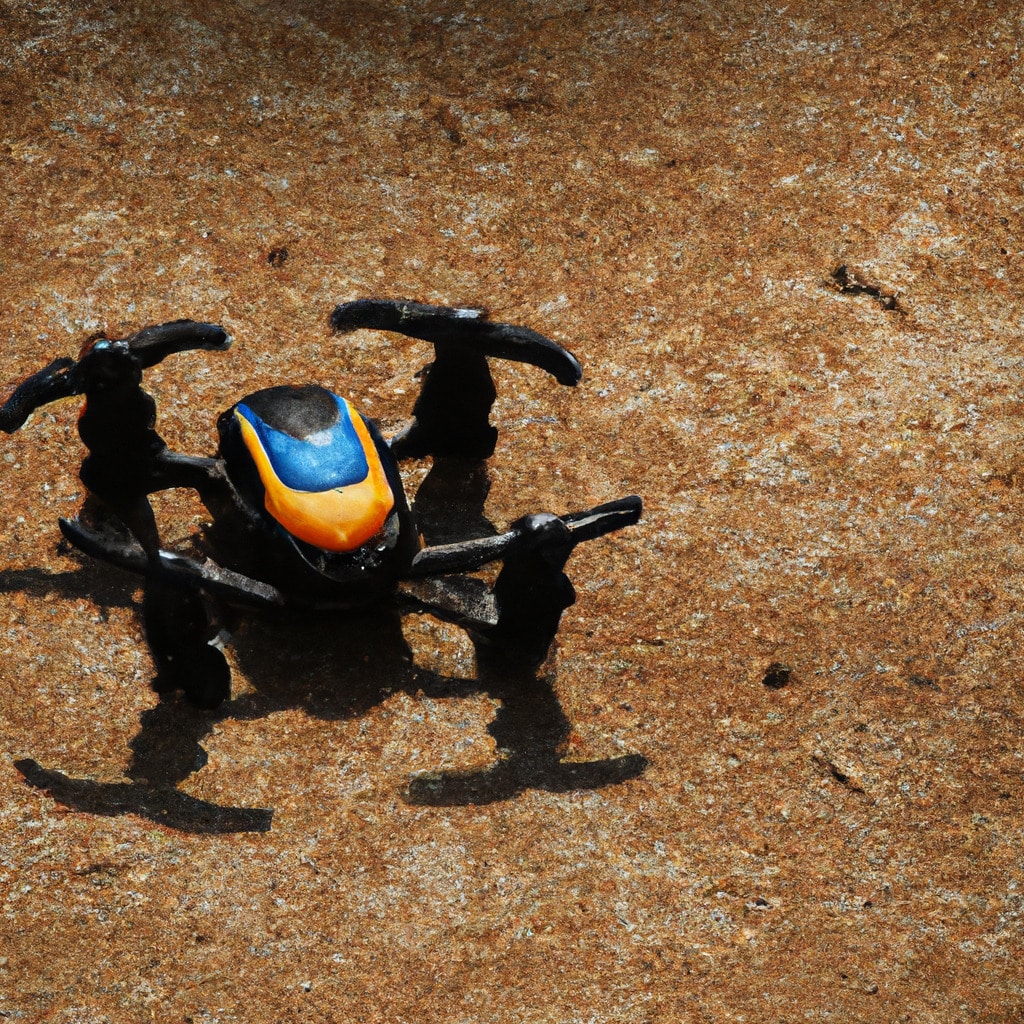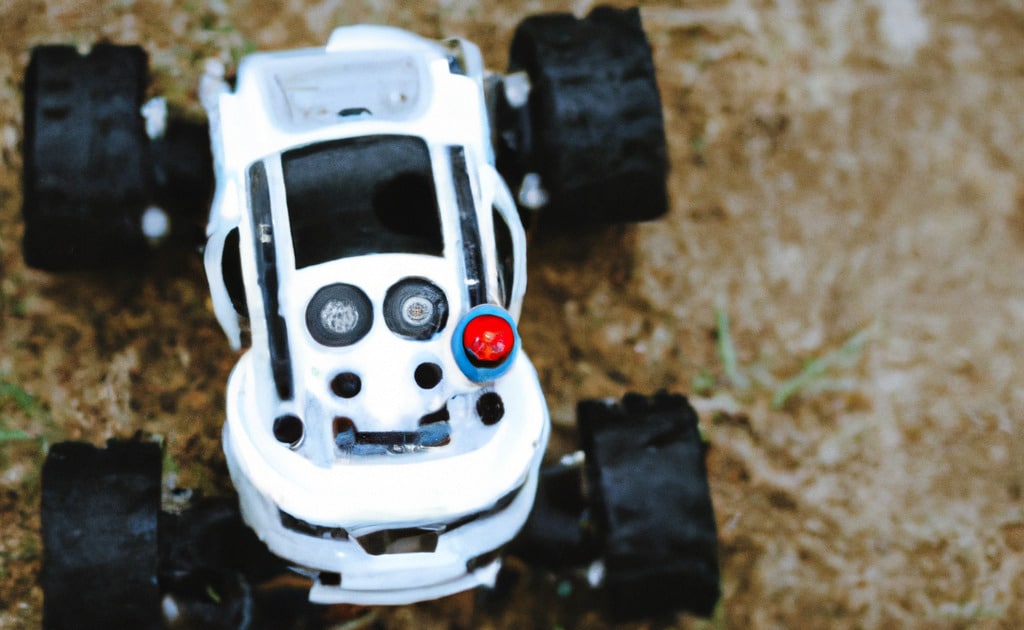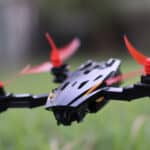In the realm of remote control toys, there exists a captivating niche that seamlessly blends cutting-edge technology with the mysteries of the past: RC Robots for Archaeological Exploration. These remarkable creations have completely transformed the way we unearth ancient artifacts and traverse archaeological sites. With their remarkable capabilities and intricate designs, RC robots have become indispensable tools for both seasoned archaeologists and passionate enthusiasts. In this article, we will take a deep dive into the captivating world of RC robots, exploring their numerous applications in archaeological exploration and the awe-inspiring discoveries they have facilitated. Prepare to embark on an extraordinary journey through time as we unveil the long-buried secrets hidden beneath the earth’s surface.
The Evolution of RC Robots in Archaeological Exploration
In the realm of archaeological exploration, RC robots have undergone a remarkable evolution. From their humble beginnings as remote-controlled toys, these machines have transformed into sophisticated devices capable of navigating treacherous terrains and unearthing hidden relics. The advancements in technology have paved the way for these miniature explorers to assist archaeologists in their quest to unravel the mysteries of the past.
Uncovering Ancient Sites with Precision and Care
One of the key advantages of utilizing RC robots in archaeological exploration is their ability to access hard-to-reach areas with precision and care. Equipped with specialized sensors and cameras, these robots can navigate through delicate sites without causing any damage. Whether it’s exploring narrow cave systems or maneuvering through intricate ruins, RC robots provide a non-invasive method of investigation, ensuring the preservation of ancient structures.
Mapping and Documentation Made Easy
RC robots have revolutionized the way archaeological sites are mapped and documented. With their advanced imaging capabilities, these robots can capture high-resolution images and create detailed 3D maps of the terrain. This not only aids archaeologists in their analysis but also facilitates the preservation and restoration of ancient structures. The ability to document sites in such detail ensures that valuable information is not lost to time.
Exploring Hazardous Environments
Archaeological exploration often involves venturing into hazardous environments, such as collapsed structures or unstable terrains. RC robots are designed to withstand such conditions, allowing archaeologists to explore these areas without putting themselves at risk. These robots can navigate through debris, climb uneven surfaces, and even withstand extreme temperatures. By sending RC robots into these dangerous environments, archaeologists can gather crucial data without compromising their safety.
Unearthing Hidden Artifacts
One of the most thrilling aspects of using RC robots in archaeological exploration is their ability to unearth hidden artifacts. Equipped with robotic arms and specialized tools, these robots can delicately excavate soil and debris, revealing ancient treasures that have been buried for centuries. This process is carried out with utmost precision, ensuring that the artifacts are not damaged during the excavation. The discovery of these artifacts provides invaluable insights into the lives of past civilizations.

The Role of RC Robots in Underwater Archaeology
In the fascinating realm of archaeological exploration, RC robots have emerged as indispensable tools not only on land but also underwater. Underwater archaeology, a specialized field dedicated to uncovering submerged cultural heritage, has greatly benefited from the use of RC robots. These remarkable machines are specifically designed to withstand the challenges of underwater environments and assist in the exploration of sunken cities, shipwrecks, and other underwater archaeological sites.
Navigating the Depths with Precision
Underwater archaeological sites present unique challenges due to the depth, currents, and limited visibility. RC robots equipped with waterproof casings and advanced navigation systems can navigate through these challenging conditions with precision. With their high-resolution cameras and sensors, these robots can capture detailed images and videos, enabling archaeologists to study the submerged structures and artifacts in great detail. By remotely controlling these robots, archaeologists can explore underwater sites without the need for extensive diving expeditions.
Preserving Underwater Cultural Heritage
Preserving underwater cultural heritage is one of the primary goals of underwater archaeology. RC robots play a crucial role in this endeavor by providing a non-invasive method of exploration. Unlike traditional diving methods that can disturb fragile sites and artifacts, RC robots can carefully maneuver around underwater structures without causing any damage. This preservation-focused approach ensures that the historical integrity of these sites is maintained for future generations.
Documenting Submerged Sites
Documenting underwater archaeological sites is a challenging task due to the limited visibility and constant movement of water. RC robots equipped with high-definition cameras and sonar systems can capture detailed images and create accurate maps of these submerged sites. This documentation is essential for further analysis, research, and conservation efforts. By documenting underwater sites with precision, RC robots contribute to our understanding of ancient civilizations and their interactions with water.
Exploring the Uncharted Depths
The vast majority of our planet’s oceans remain unexplored, holding untold secrets and treasures. RC robots are at the forefront of deep-sea archaeological exploration, enabling us to delve into the uncharted depths. These robots are designed to withstand extreme pressure and temperatures, allowing them to explore deep-sea trenches and volcanic vents. By utilizing RC robots, archaeologists can uncover new insights into ancient maritime civilizations and the geological history of our planet.
The Future of RC Robots in Archaeological Exploration
As we gaze into the future of archaeological exploration, it becomes evident that RC robots will play an increasingly pivotal role in unearthing the mysteries of the past. These versatile machines have already made significant strides in revolutionizing the field, but there are exciting developments and potential applications on the horizon that will further augment their capabilities and impact.
Advancements in Artificial Intelligence
One area of development that holds immense promise for RC robots is the integration of artificial intelligence (AI). By incorporating AI algorithms, these robots can become more autonomous and adaptive in their exploration. They will possess the ability to learn from their environment, make intelligent decisions, and even collaborate with human archaeologists. This advancement will significantly enhance the efficiency and effectiveness of archaeological exploration, enabling more targeted and insightful discoveries to be made.
Enhanced Sensing and Imaging Capabilities
The future of RC robots in archaeology will witness notable advancements in their sensing and imaging capabilities. These robots will be equipped with more advanced sensors, such as ground-penetrating radar and multispectral imaging, allowing them to detect and analyze buried artifacts and structures with heightened precision. Furthermore, improvements in imaging technology will empower these robots to capture even more detailed images and create immersive 3D reconstructions of archaeological sites. This will provide archaeologists with a more comprehensive understanding of the past, enabling them to unravel its intricacies with greater clarity.
Integration of Robotics and Drones
Another captivating development on the horizon is the integration of RC robots with drones. This amalgamation will enable seamless exploration of both terrestrial and aerial environments. Drones will offer an aerial perspective, capturing images and data from above, while RC robots will navigate the ground, accessing hard-to-reach areas. This integration will provide a holistic view of archaeological sites, allowing archaeologists to gather more comprehensive data and insights. The synergy between robotics and drones will revolutionize the way we explore and study archaeological sites, opening up new frontiers for discovery.
Collaboration between Humans and Robots
The future of RC robots in archaeology does not entail replacing human archaeologists, but rather enhancing their capabilities. Collaboration between humans and robots will become increasingly paramount. RC robots can assist in the initial surveying and mapping of sites, while human archaeologists can provide the necessary expertise and interpretation of the findings. This partnership will lead to more efficient and accurate archaeological exploration, as the strengths of both humans and robots are combined. By working in tandem, archaeologists and RC robots can uncover the secrets of the past in a more collaborative and impactful manner.
Exploring Extreme Environments
RC robots have already demonstrated their ability to explore hazardous environments, but future advancements will enable them to venture into even more extreme conditions. From delving into deep-sea trenches to navigating harsh desert landscapes, these robots will be designed to withstand and thrive in the most challenging environments on Earth. This will unlock new possibilities for unearthing ancient civilizations that were previously beyond reach. By pushing the boundaries of exploration, RC robots will help us paint a more complete picture of our history and the diverse cultures that have shaped our world.
In summary, the emergence of RC robots in the field of archaeological exploration has brought about a paradigm shift in our understanding of the past. These remarkable machines, which have evolved from simple remote-controlled toys to sophisticated tools, have revolutionized the way we uncover ancient artifacts and explore archaeological sites. With their advanced capabilities, intricate designs, and non-invasive methods, RC robots have become indispensable assets for archaeologists and enthusiasts alike, enabling us to embark on a journey through time and unveil the secrets hidden beneath the earth’s surface.
Looking towards the future, the potential of RC robots in archaeology is boundless. As technology continues to advance, we can expect to see even more remarkable developments in the field. Advancements in artificial intelligence will enable these robots to become more autonomous and adaptable, enhancing their capabilities in exploration and collaboration with human archaeologists. Enhanced sensing and imaging capabilities will allow for more accurate detection and analysis of buried artifacts and structures, providing archaeologists with a deeper understanding of ancient civilizations.
Furthermore, the integration of robotics and drones will open up new frontiers in archaeological exploration. By combining aerial and terrestrial exploration, these machines will provide a comprehensive perspective, enabling archaeologists to gather more comprehensive data and insights. The collaboration between humans and robots will be crucial in the future of archaeological exploration, as the unique strengths of each are combined to achieve unprecedented results. By working hand in hand, archaeologists and RC robots can push the boundaries of what is possible, uncovering the secrets of the past in a more efficient and impactful manner.
As we reflect on the remarkable achievements of RC robots in archaeological exploration, we are left with a sense of wonder and awe. These machines have brought us closer to understanding our shared human history, shedding light on the lives and cultures of those who came before us. Yet, amidst all the discoveries made, we cannot help but wonder: what other treasures lie hidden beneath the sands, waiting to be unearthed? What untold stories and forgotten civilizations are yet to be revealed?
So, as we marvel at the capabilities of RC robots and their contributions to archaeology, we must ask ourselves: what other wonders lie beneath the surface, waiting to be unearthed?







